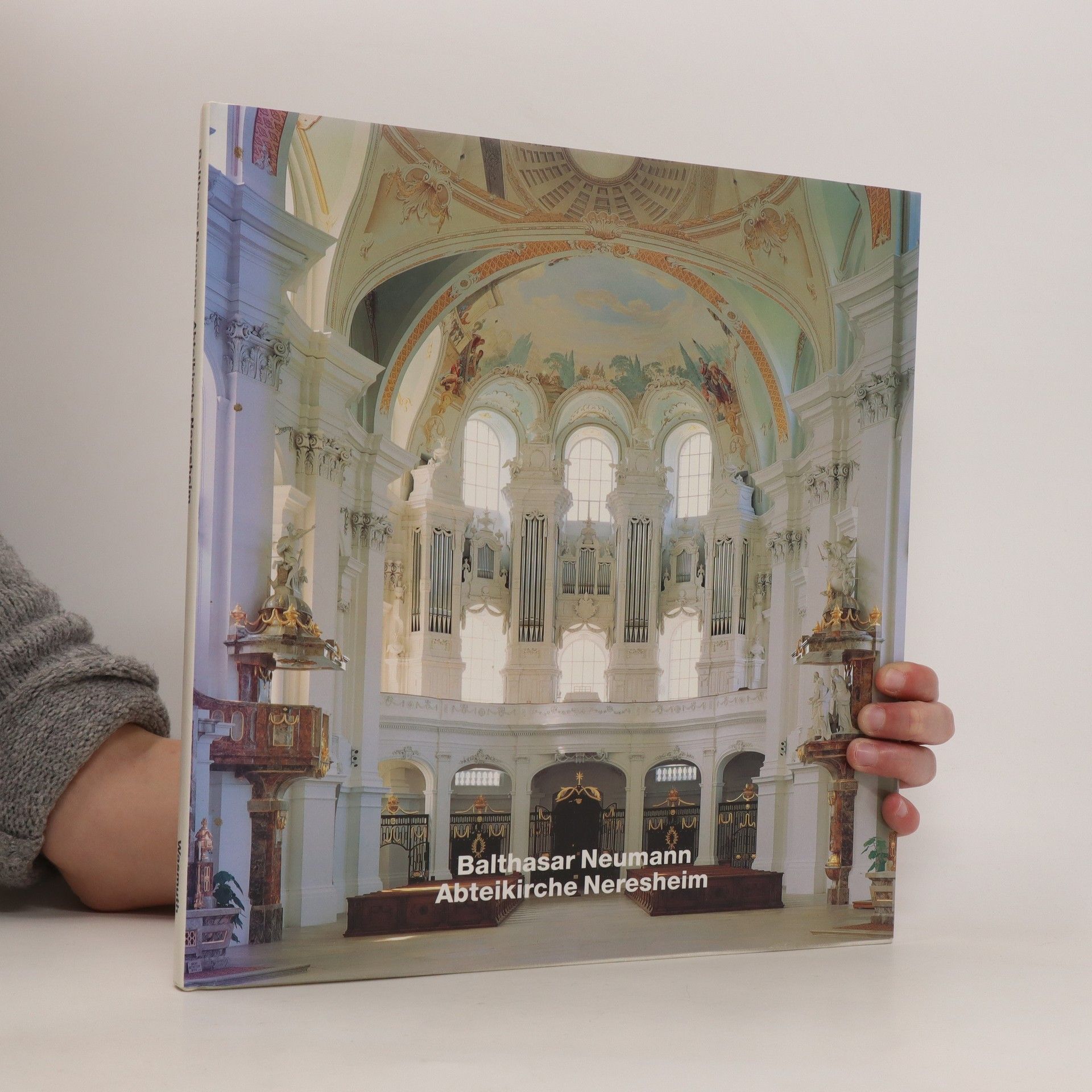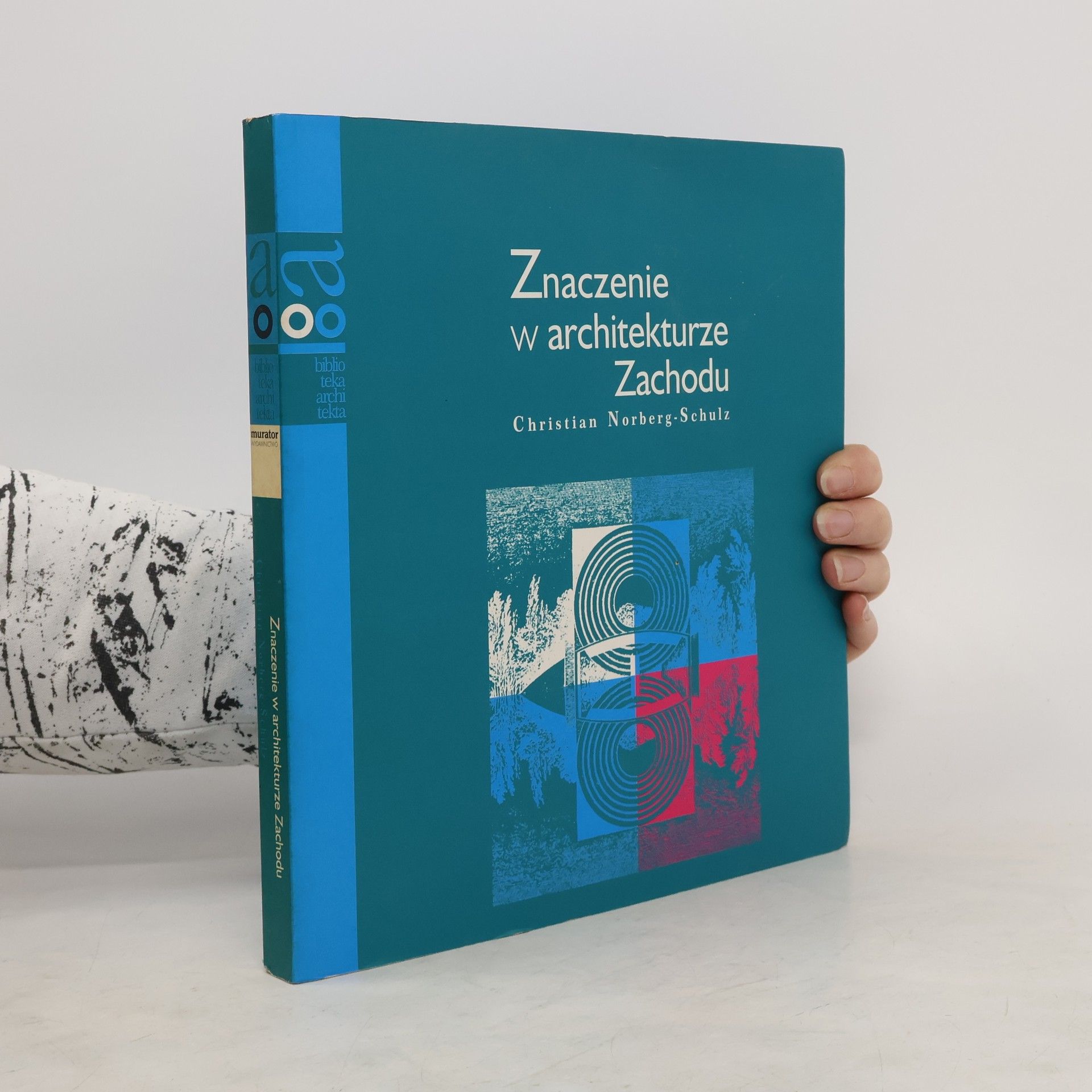Translated by Thomas McQuillanArchitecture is a manifestation of the environment in which it is placed, observes distinguished architect and theoretician Christian Norberg-Schulz. A simple enough observation, but one that becomes subtle and nuanced in this landmark book which attempts to define, for the first time, what Nordic building really is.Norberg-Schulz begins by contrasting the natural world of the North with that of the Mediterranean, the Nordic unendingness against the sun-saturated and homogeneous South. Using themes such as "natural," "domestic," "universal," and "foreign," he finds the architecture of both regions sensibly related to their environments; but whereas the South lends itself to abstraction, the North is marked by variation, openness, and dynamism—by low light, forests, and space.Exploring the ways built experience "takes place," Norberg-Schulz charts the distinctive character of land and climate that distinguishes Denmark's, Sweden's, Finland's, and Norway's architectural traditions from each other and from those to the South. While each of these countries might be said to share regional traits, Norberg-Schulz identifies differences (the cultivated and closely detailed landscape and architecture of Denmark, the dramatic, structured forms of Norway) that allow him to account for the way individual Nordic architectures evolved.
Christian Norberg-Schulz Boeken


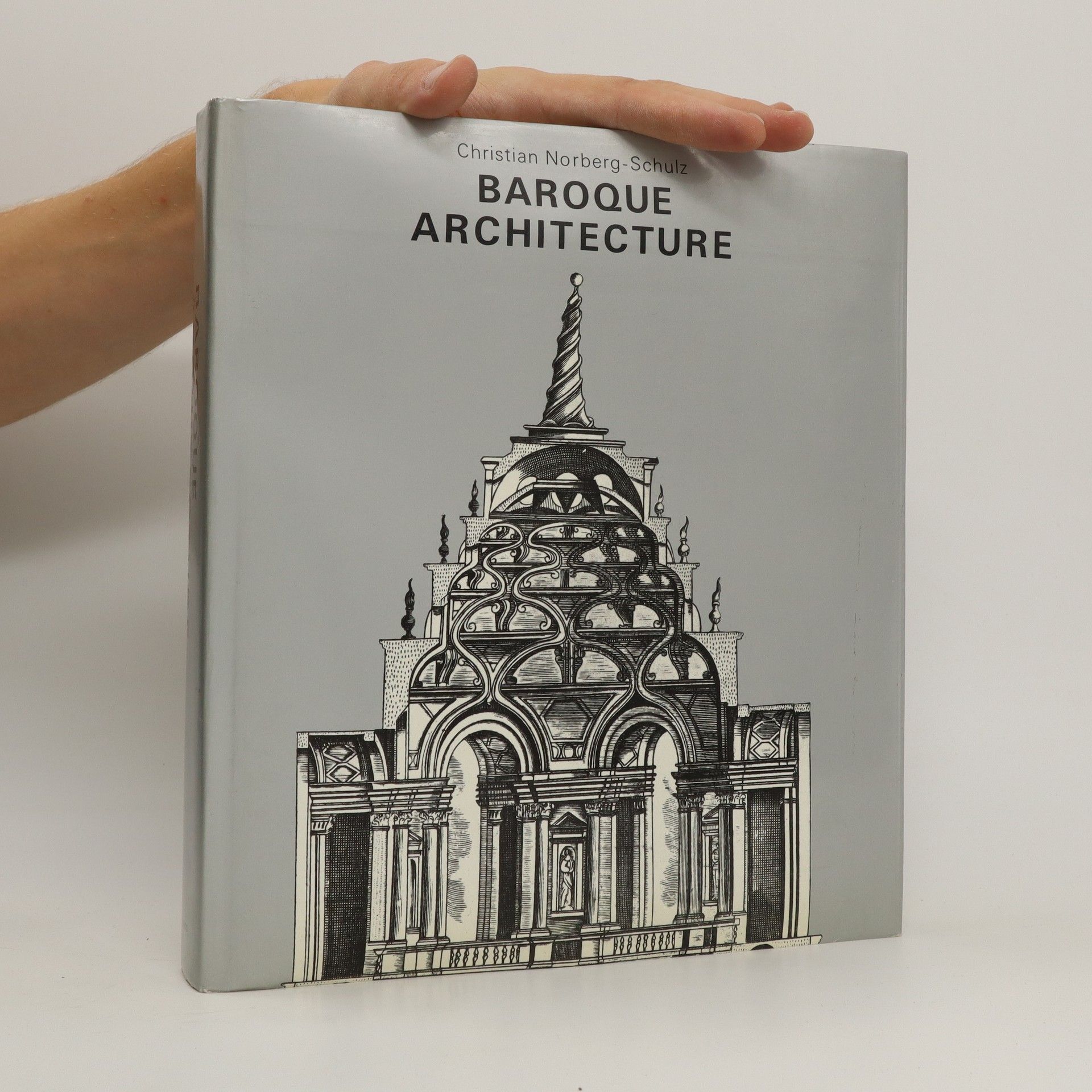
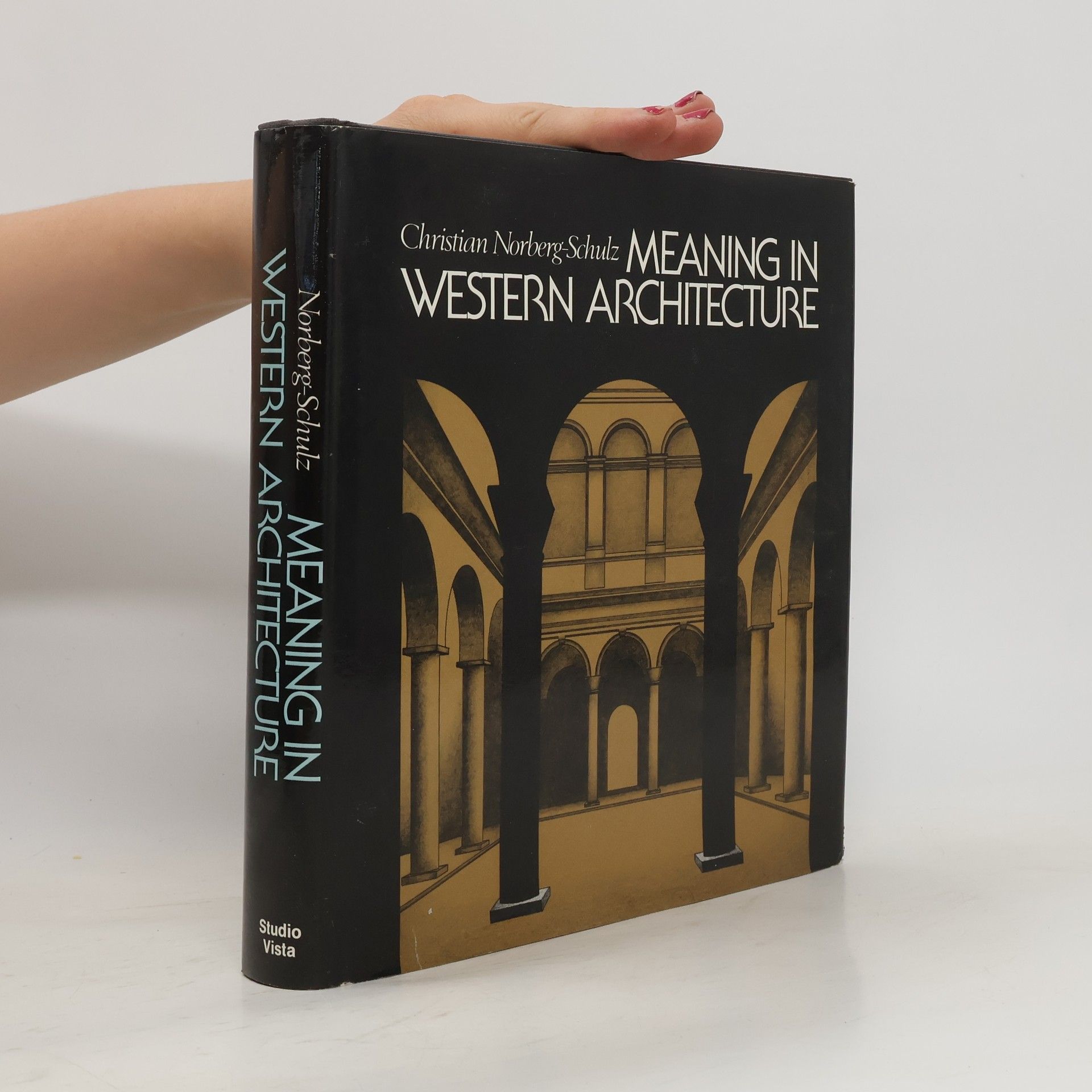
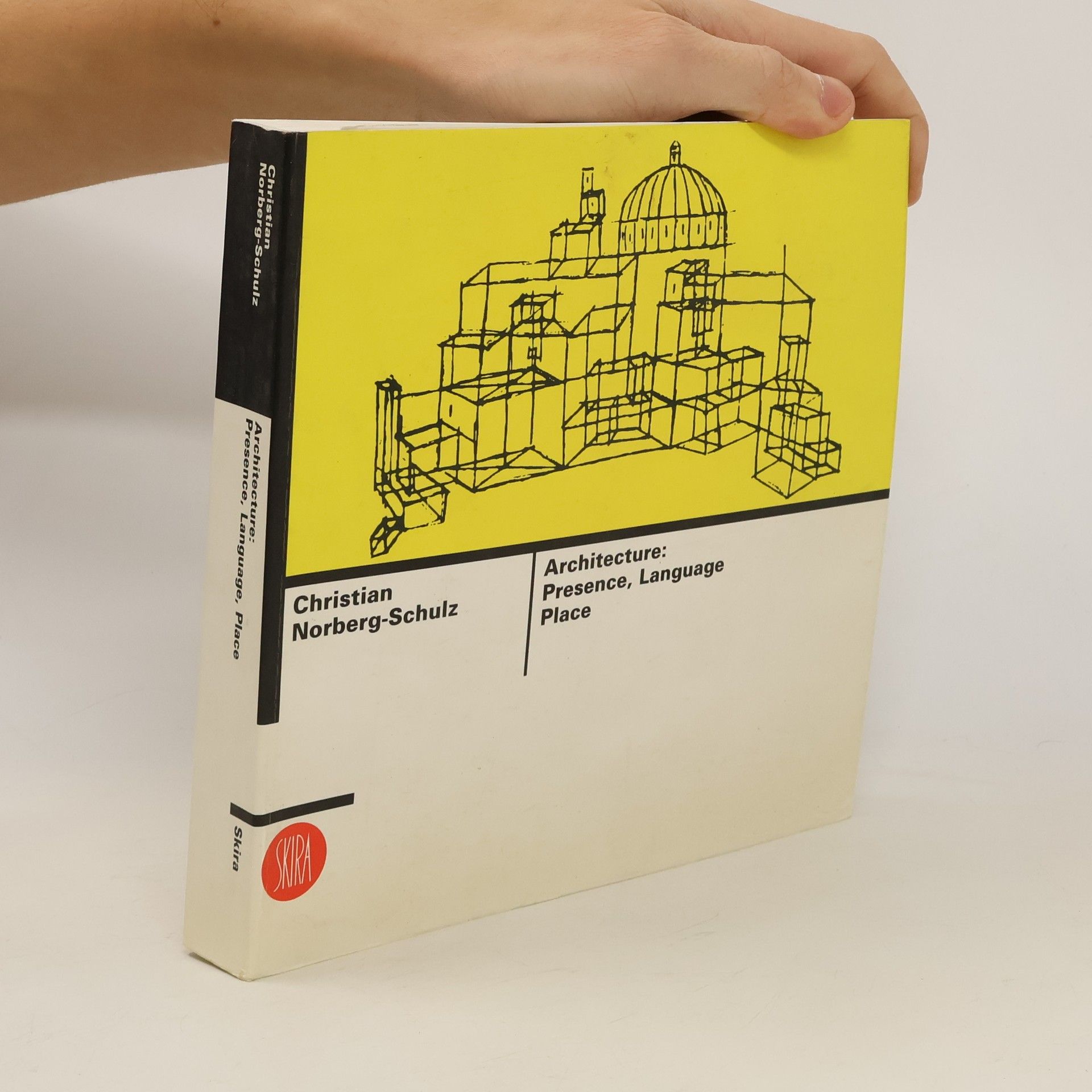
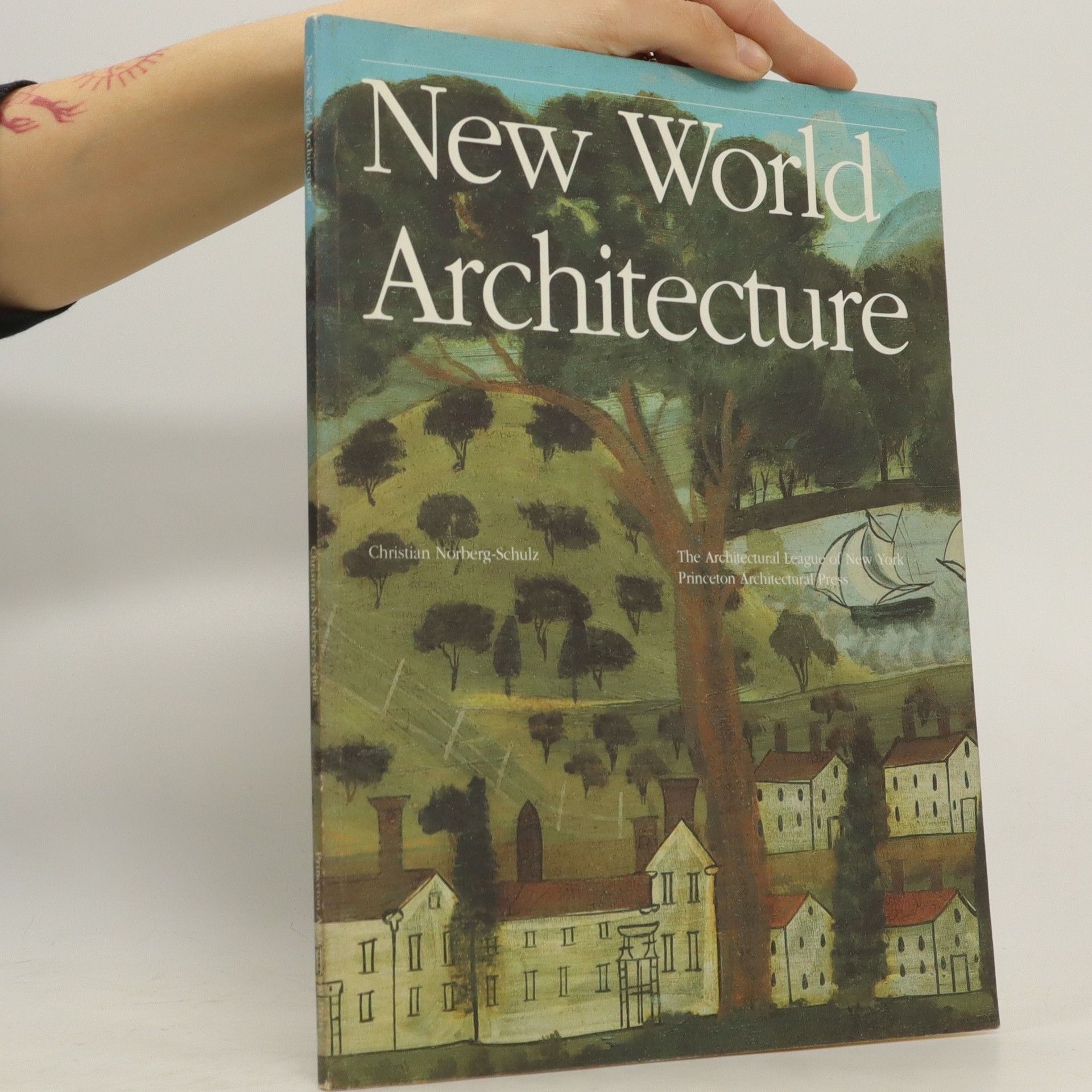

A series of three lectures presented at The Architectural League of New York on November 3, 5, and 10, 1987. These talks are the first J. Clawson Mills Lectures on American Architecture and Landscape.
Architecture. Presence, Language, Place
- 372bladzijden
- 14 uur lezen
Through an original reflection on the history of architecture and modern building practices Norberg-Schulz analyses man's capacity to perceive, experience and inhabit space. From this theoretical standpoint he seeks to establish a link between modern architecture and reality as a source of inspiration. The volume is a valid instrument that permits the reader to interpret and compare modes considered central to modern design: the relationship between man and space (presence), design and its instruments (language) and architecture in its relationship to the landscape (place). Numerous examples of modern and ancient architecture and urban and landscape systems (Paris, Urbino, Jerusalem) strengthen and exemplify the theoretical notions, further supplementing them with a rich collection of images.
Principy moderní architektury
- 144bladzijden
- 6 uur lezen
Významný norský historik a teoretik architektury, známý u nás především do češtiny přeloženou knihou Genius loci, analyzuje v tomto díle základní rysy charakteristické pro moderní architekturu vůbec a její vývojové fáze od premoderních počátků koncem 19. století do postmodernismu a nových trendů na počátku 21. století. Vychází z rozboru základních vlastností „nového světa“ a postavení člověka v něm jako vstupního a trvalého činitele. Popisuje specifické prostředky, jimiž architektura nové vnímání světa zprostředkuje (volný půdorys, otevřená forma) a použití těchto prostředků v hlavních oblastech architektonické tvorby (bydlení - obytný dům; občanské instituce - veřejné budovy; město). Zvláštní pozornost věnuje problematice významu v architektuře a jejímu průmětu do různých dílčích a časových principů (regionalismus, monumentalita, architektura místa). Při zpracování tématu uplatňuje autor fenomenologický přístup; i tomu lze děkovat, že nejde o suchou učebnicovou četbu, nýbrž text, v němž odborná látka je podána způsobem odrážejícím hloubku autorova „prožívání architektury“ a morální východiska jeho pohledu a názorů.

